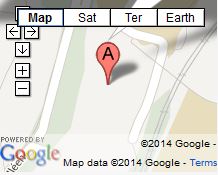Explaining the Health Equality Paradox of the Welfare State
Link to article:
Authors:
Brekke, K. A., L. Grünfeld and S. Kverndokk
Year:
2011
Reference:
HERO Skrifter
Number in series: 3
Summary
A growing body of empirical studies have reported that social inequalities in health are as large (or even larger) in the Nordic welfare states than in many less egalitarian societies. This is highly surprising since the welfare state is rooted in income equality, free access to education and health services, and a generous social benefit system. This paper reviews this literature, and provides an explanation of this paradox based on the most common causal mechanism studied, namely the one that goes from income (or another socio economic variable) to health. We start by showing that the concentration index is much more sensitive to health contingent income transfers than income contingent health transfers. Then, we introduce a simple model where health is caused by status (relative income) and show that there actually exists as possibility that stratified societies may have lower health inequality than egalitarian societies, everything else equal, if class is unobservable. Thus, there may be a tradeoff between income and health equality. However, due to the insensitivity of the concentration index of health transfers, this tradeoff may not be shown by such inequality measures. A higher social health inequality as found in empirical studies, may therefore just be a sign of a more equal income distribution.
JEL:
D31, I12
Keywords:
Income inequality, health inequality, socioeconomic status, welfare states, concentration index
Project:
Oppdragsgiver: Norges forskningsrådOppdragsgivers prosjektnr.:
Frisch prosjekt: 4101 - Economics of health
ISBN:
978-82-7756-223-0
